On a recent trip to New York, I finally had my cards read by a psychic–something that I’ve always wanted to have done! As she was telling me about a tall, dark, stranger in my future I couldn’t help but notice the vibrant, graphic nature of her card deck. With their flat color planes, Romanesque figures, and dramatic styling, the cards each told a specific portion of the larger tale.
While tarot cards were originally used throughout Europe to play card games, they have become associated in modern culture with mysticism and magic. The deck is divided into two sections: the minor arcana and major arcana. The former is very similar to a modern deck of cards with four suits consisting of ten pip (numbered 2 through 10) and four court cards. The major arcana cards are those most often associated with tarot divination.
This post is my first in a series that will make connections between individual tarot cards and artworks in the DMA’s collection. I’ll share works from our collection that are reminiscent of a card’s imagery or of the card’s meaning in divination practices.
The Chariot is the seventh trump or major arcana card. The card normally depicts a royal figure in a chariot being pulled by horses or sphinxes–one black and one white. A sign of an external battle of wills, the white and black horses often pull in different directions. In a tarot spread, the card can refer to current obstacles or successes in overcoming life’s challenges.
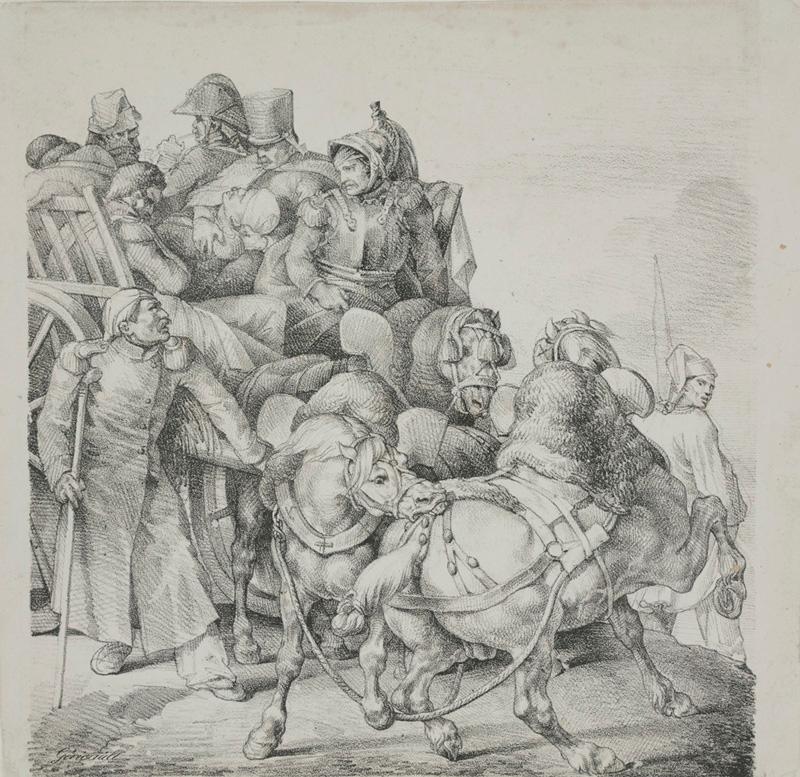
Théodore Géricault, Horse-drawn Cart Full of Wounded Soldiers (Chariot Chargé de Soldats Blessés), 1818, Dallas Museum of Art, Juanity K. Bromberg Memorial Fund and gift of an anonymous donor
This lithograph not only depicts a horse-drawn carriage, but it also exemplifies many of the qualities of the chariot card. Fatigued and wounded soldiers are clearly returning from battle, perhaps even a losing battle. The horses are pulling in so many directions that they are tangling their harnesses and fighting with each other.
Death is the thirteenth major arcana card in a tarot deck. Death is depicted by a skeleton riding a horse and is often shown surrounded by dead and dying people. Despite its name, the card does not represent actual death. Instead, it usually signifies an ending of an era or relationship.
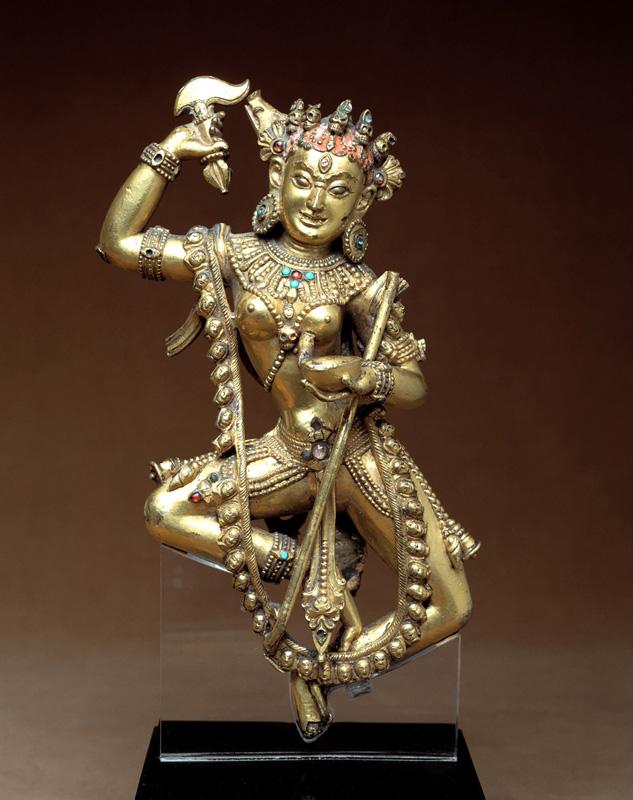
Dakini Vajravarahi, c. A.D. 1600, Dallas Museum of Art, Foundation for the Arts Collection, gift of the Virginia C. and Flyd C. Ramsey Fund of Communities Foundation of Texas, Inc.
Adorned with a necklace of skulls and carrying an executioner’s ax, this dakini, a Buddhist female deity, represents the violent aspects of existence. She also embodies the cycle of life, death, and rebirth which celebrates death as a bringer of life.
The Devil is the fifteenth major arcana card. Tarot images of the Devil show him as a satyr-like creature sitting above or on two humans. If selected during a card reading, the Devil represents self-bondage or barriers to leading a full life. Often, these obstacles are interpreted as vices such as materialism, lust, egotism, etc.
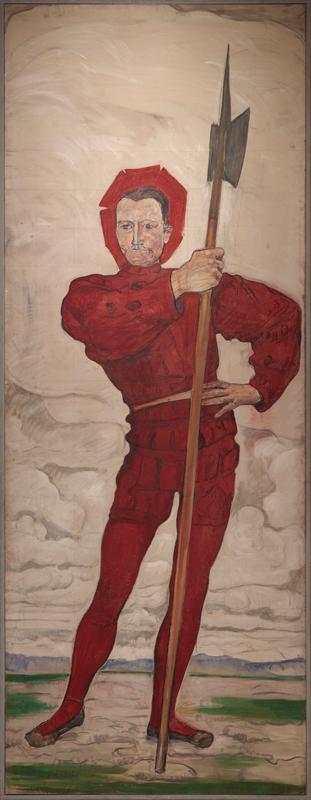
Ferdinand Hodler, The Halberdier, 1895, Dallas Museum of Art, Foundation for the Arts Collection, Mrs. John B. O’Hara Fund and gift of Nona and Richard Barrett
While Ferdinand Hodler’s The Halberdier actually depicts a Swiss soldier, this image seemed like the perfect choice to represent the Devil. Clothed in a traditional red costume and holding a spiked battle-axe, the soldier evokes several connotations we hold concerning the Devil.
Stay tuned for my next post, which will look at the Emperor, the Empress, the Fool, the Hanged Man, and the Hermit.
Pilar Wong
McDermott Intern for Community Teaching
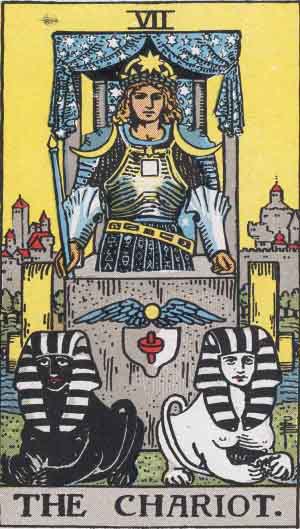
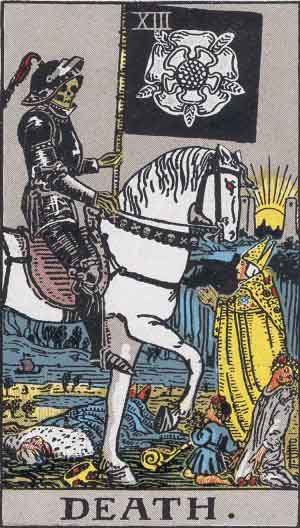
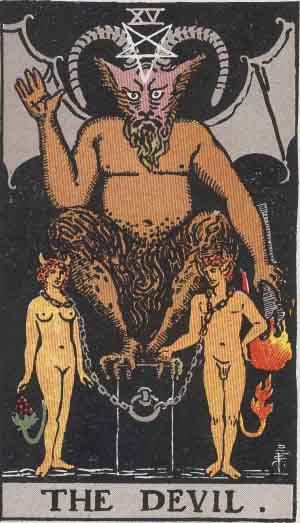
This is awesome! So what was your fortune?
She predicted that I would be surrounded by learning and beauty- fitting since I work at the DMA!
Enjoyed learning more about your collection and tarot cards. Great!
Your Grandmother told me that Hodler is Swiss artist who has only recently been discovered outside Switzerland.
That’s awesome! It looks like the Dallas Museum of Art has two of his works– one acquired in 1998 and one in 2000. We must be on the cutting edge!
What a fun connection! I look forward to learning more.